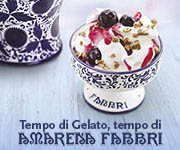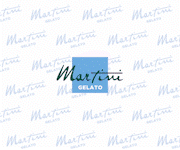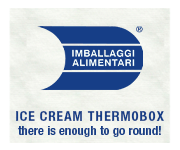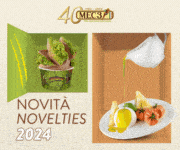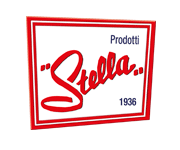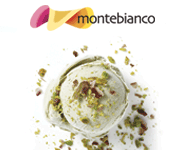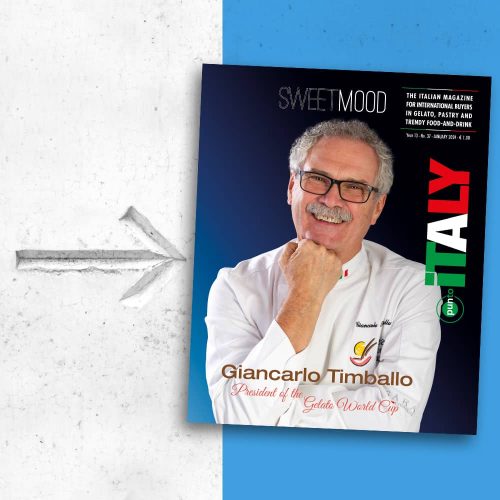Coffee made in Italy

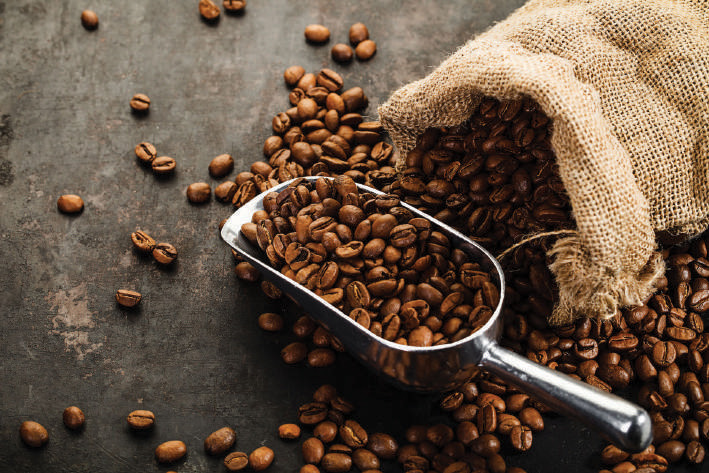
No one knows coffee’s origins in Italy. It is presumed that it arrived in Italy through the port of Venice thanks to trade with the East. It found success thanks to the opening of the first cafés, shops that soon became meeting places, often frequented by artists and men of culture.
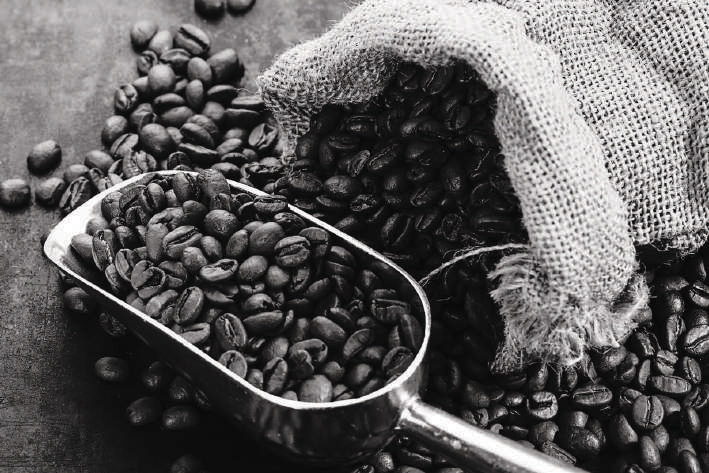
Black gold
Around the world espresso is considered one of the great crown jewels of products Made in Italy. Its success is linked to the history of its preparation and to the migratory flows of Italians who travelled throughout the globe to seek their fortune. Before the 1900s coffee was brewed by infusion. After being coarsely ground, it was left in contact with water for a few minutes. Subsequently it was filtered through pieces of linen. In 1900 everything changed.
The first espresso machine was patented in Italy, manufactured by Pavoni based on the patent of Luigi Bezzera, who had revised the project from years before developed by Angelo Moriondo. Using a complex steam system, the machine recalled the express trains leaving the stations.
Hence the name. In the postwar period a new invention revolutionized the world of coffee: Achille Gaggia offered a machine with a lever. The water pressure on the coffee cake allowed the formation of the cream, a distinguishing characteristic of espresso. In 1961 a revolutionary machine was developed. The Faema E61, the first machine to use a volumetric pump to push the water onto the coffee cake at a constant pressure of 9 atmospheres needed to produce the espresso.
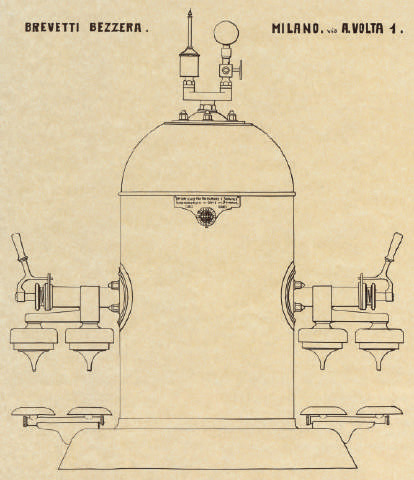
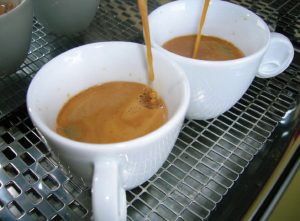
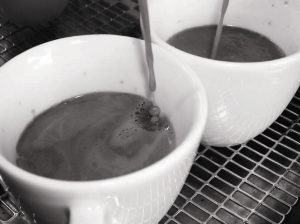
Sensory analysis
Today coffee is the most consumed drink in the world, but perhaps the least known. How many people know the rules to understand if the coffee they are drinking is made in a professional manner? And yet, since the 1950s, a sensory science has developed that involves chemistry, psychology, marketing, statistics and philosophy and that helps define espresso as an excellent coffee. The nose and the mouth are fundamental. The nose receives chemical signals and translates them into electrical signals transmitted to the central nervous system.
Some specialized cells in the mouth contribute to defining the flavour. Taste buds on the tongue perceive the sweet, the salty, the sour, the bitter, and the umami (savoury). So, for example, the acid taste of Arabica is pleasant only if it is not excessive. In the mouth you can also perceive the thermal density or astringency generated by the heat of the drink, which should be tasted at a temperature that does not exceed 67°C. When analysing espresso, the first step is a visual analysis of the cream, assessing its texture. The cream is an emulsion of lipids, carbon dioxide and some colloidal substances like water produced by the pressure exerted by the espresso machine during extraction. The colour is derived from the degree of toasting, the texture from the species and the freshness of the product. Robusta creates a frothy cream of a dark hazelnut colour, Arabica a light hazelnut cream with a shiny texture.
The tasting of the coffee will tell us about its body, acidity, intensity, and astringency.
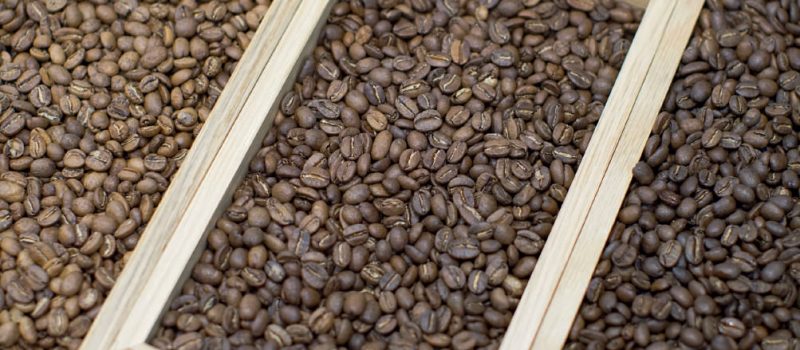
Arabica and Robusta
The coffee plant is a tree, part of the Rubiaceae family, and is divided into two categories: Arabica and Robusta. They are two species that give coffee different flavours. The former, the most valuable, has a sweeter taste, sometimes with spikes of acidity, an important aroma ranging from floral scents to red and ripe fruit to the notes of chocolate and nuts. The Canephora coffee species, more commonly known as Robusta, has woody notes of licorice, bitter cocoa, tobacco, sometimes of burnt rubber, often a bitter and astringent taste.
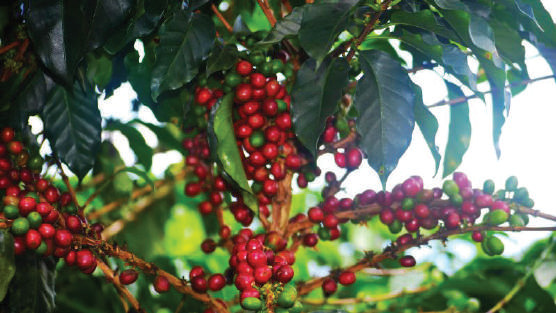
The first rules
Here are some simple rules to follow. But we must never forget the importance of the traditional four Ms in Italian:
Miscela (the blend), Macinadosatore (the grinder), Macchina (the machine) and Mano (skill) (i.e., experience and manual skills of the barista).
- It must be prepared fresh each time.
- The correct amount for an espresso is 7-7.5 g of coffee.
- It is best to grind the coffee right before using it.
- The filter holder must always be cleaned of any previous extraction residue.
- The coffee cake must be pressed evenly.
- Before attaching the filter holder to the dispensing unit, water should be run to clean any coffee residue from the sprayer.
- Percolation time is 25 seconds.
- A cup can contain a maximum of 20-25 cc of espresso.
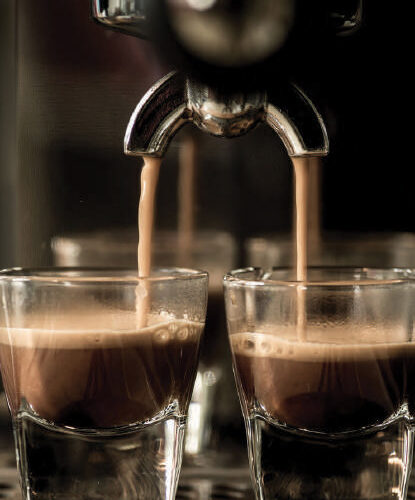
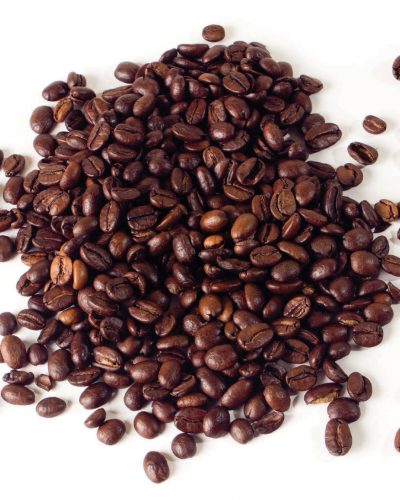
Circular economy and sustainability
In the new circular vision of advanced societies there are products that more than others lend themselves to being reused or to even become something else. Coffee is certainly very well positioned in the hierarchy of these products and we can easily talk about sustainability from coffee grounds as one of the opportunities for innovation in the field of food technology.
Of course there are the hundreds of uses that have become daily habits, like using them to fight odours (in the bottom of trash cans and in the fridge), in the garden, and even for the production of bio-fuel. But new uses are being found all the time, from natural shampoo recipes to natural hair care treatments, even products that help you lose weight.
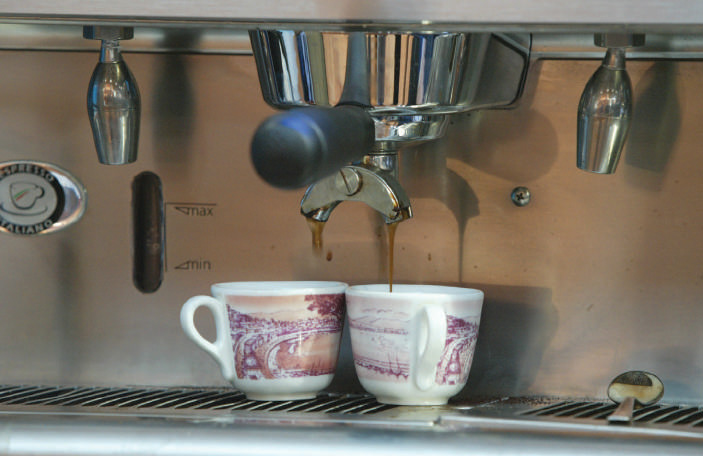
Is it good or bad for you?
There are many preconceived notions to dispel. For example…
- It’s not true that coffee is more addictive than tea.
- It’s not true that tea is healthier than coffee. In fact, not all teas are healthy.
Sometimes there are traces of aluminum, fluorine or alkolaids in the sachets. - “No, thanks coffee makes me jittery.”
It’s not true! A study conducted by the Harvard School of Public Health showed that drinking coffee every day can prevent the risk of suicide, since caffeine seems to have the same effects as an antidepressant, increasing serotonin levels.
The winning combination
Coffee and brioche. A combination you can’t say no to. And science tells us why.
It’s all due to the caffeine that stimulates your desire for sugar. Caffeine temporarily modifies your sense of taste, reducing your ability to taste sweet flavors, subsequently increasing your desire. This is the thesis of a group of scientists from Cornell University, authors of a study published in the Journal of Food Science. Caffeine is a stimulant of the nervous system that may inhibit the perception of sweet taste.
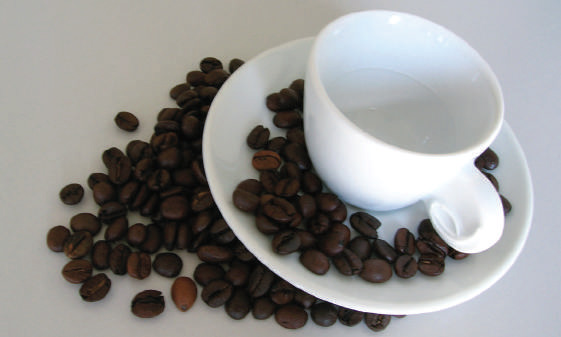
Recent Blog Posts
 Medac and AIFA: Hip hip hooray for Charles!
Medac and AIFA: Hip hip hooray for Charles! Sigep 2024 - Carpigiani’s special events with a look at the “green” future of Gelato and pastry
Sigep 2024 - Carpigiani’s special events with a look at the “green” future of Gelato and pastry Maurizio Manzi, as Ambassador for AIG, at the Melbourne Italian Festa
Maurizio Manzi, as Ambassador for AIG, at the Melbourne Italian Festa Medac awarded with the EcoVadis gold medal
Medac awarded with the EcoVadis gold medal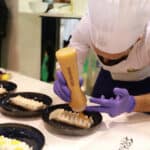 MIG Longarone and SIRHA Budapest: a new dynamic space for italian gelato
MIG Longarone and SIRHA Budapest: a new dynamic space for italian gelato Medac supports Alice Italian Food Academy
Medac supports Alice Italian Food Academy The Gelatissimo 2024 online ticket office is officially open.
The Gelatissimo 2024 online ticket office is officially open. Casa Optima Group looks for two exclusive agents
Casa Optima Group looks for two exclusive agents Gelatissimo 2024: here the first information
Gelatissimo 2024: here the first information Ci Gusta opens a new store into the “Il Mercato Eat&Meet” in Reggio Emilia
Ci Gusta opens a new store into the “Il Mercato Eat&Meet” in Reggio Emilia

